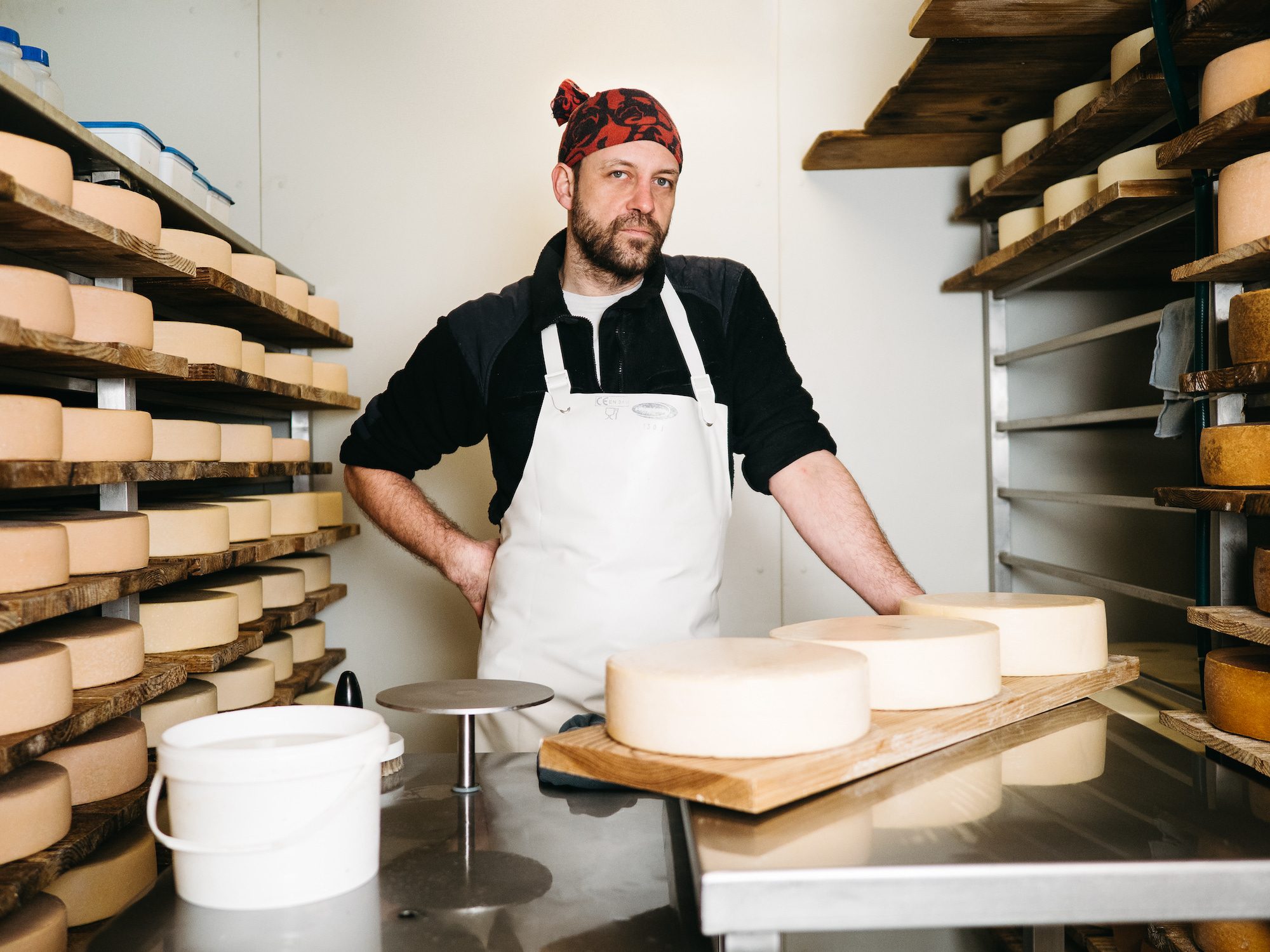Why Floridia Cheese Thomastown Is a Treasure in Melbourne Made Cheese
Why Floridia Cheese Thomastown Is a Treasure in Melbourne Made Cheese
Blog Article
Opening the Secrets of Artisanal Cheese Making: A Step-by-Step Do It Yourself Overview
In the realm of culinary workmanship, artisanal cheese making stands as a testimony to the fragile balance between practice and innovation. Each action in the process, from picking the right milk to refining aging methods, holds within it a wide range of knowledge passed down with generations. As we start this trip to debunk the art of creating splendid cheeses, we are faced with a tapestry of keys and abilities waiting to be unraveled. Join us as we explore the complexities of this ancient craft, where scientific research, art, and patience converge to produce flavors that tantalize the detects.
Selecting the Right Milk
When beginning on the trip of artisanal cheese making, the option of milk plays a critical function in establishing the top quality and attributes of the final item. The type of milk selected influences the flavor, appearance, and in general account of the cheese.
Furthermore, the resource of the milk, whether from cows, goats, sheep, or buffalo, adds distinct flavors and attributes to the cheese. Each type of milk brings its very own nuances, allowing for a wide array of cheese selections to be crafted based on the selected milk.
Culturing and Coagulating
To launch the cheese-making procedure, the critical actions of culturing and coagulating must be carefully implemented to change milk right into curds and whey. The type of culture made use of can dramatically influence the flavor, texture, and ripening of the last cheese product.

The timing and temperature level control during culturing and coagulation are critical variables that influence the last result of the cheese. Correct execution of these actions is important to guarantee the wanted structure, taste, and consistency of the artisanal cheese being produced.
Draining Pipes and Pushing Curds
After the milk healthy proteins have coagulated and the curds have been reduced to launch whey, the following vital action in artisanal cheese making involves draining and pushing the curds to attain the desired structure and uniformity of the last cheese product. The time for draining can vary depending on the type of cheese being made and the wanted dampness content.
Pressing assists remove any type of remaining whey and compacts the curds to form a strong cheese wheel. check my blog Correct draining pipes and pushing are essential steps that significantly impact the quality and features of the artisanal cheese being generated.
Aging and Flavor Methods
Executing precise aging and flavoring techniques is crucial in boosting the deepness and complexity of artisanal cheeses, elevating their preference accounts to splendid levels of improvement and sophistication. Aging plays an important role in developing the unique tastes and structures that differentiate artisanal cheeses. During the aging procedure, cheeses are saved in meticulously managed environments where variables such as air flow, temperature level, and humidity are controlled to encourage the development of useful molds and germs. This controlled atmosphere enables the cheese to grow slowly, creating rich tastes and complex scents.
Flavoring strategies likewise contribute considerably to the final preference of artisanal cheeses. Cheesemakers might pick to introduce additional tastes by including ingredients such as herbs, spices, and even fruits into the cheese throughout the manufacturing procedure. Additionally, some cheeses are cleaned or rubbed with various liquids, such as salt water or alcohol, to improve their tastes and structures.
Covering and Keeping Cheeses

Final Thought
Finally, understanding the art of artisanal cheese making entails thoroughly selecting the right milk, adhering to exact culturing and coagulating processes, draining and pressing curds properly, and using various aging and flavoring techniques. By following these actions vigilantly and with focus to detail, you can develop your own delicious and one-of-a-kind cheeses at home. Remember to wrap and store your cheeses appropriately to make sure ideal flavor and appearance advancement. Pleased cheese making!
Each type of milk brings its own subtleties, allowing for a broad array of cheese varieties to be crafted based on the picked milk.After the milk proteins have actually coagulated and the curds have been cut to launch whey, the following essential action in artisanal cheese making includes draining pipes and pressing the curds to accomplish the desired appearance blog here and uniformity of the final cheese item. The majority of cheeses should be wrapped in wax paper or cheese paper to allow them to take a breath while shielding them from drying out. For cheeses that need to proceed aging, such as bloomy peels or washed peels, guarantee they are saved in a trendy environment like a cheese cavern or a fridge established to the ideal temperature. By paying focus to the wrapping and storage of artisanal cheeses, cheese manufacturers and lovers can preserve the integrity of these delicacies and fully enjoy their complex flavors.
Report this page